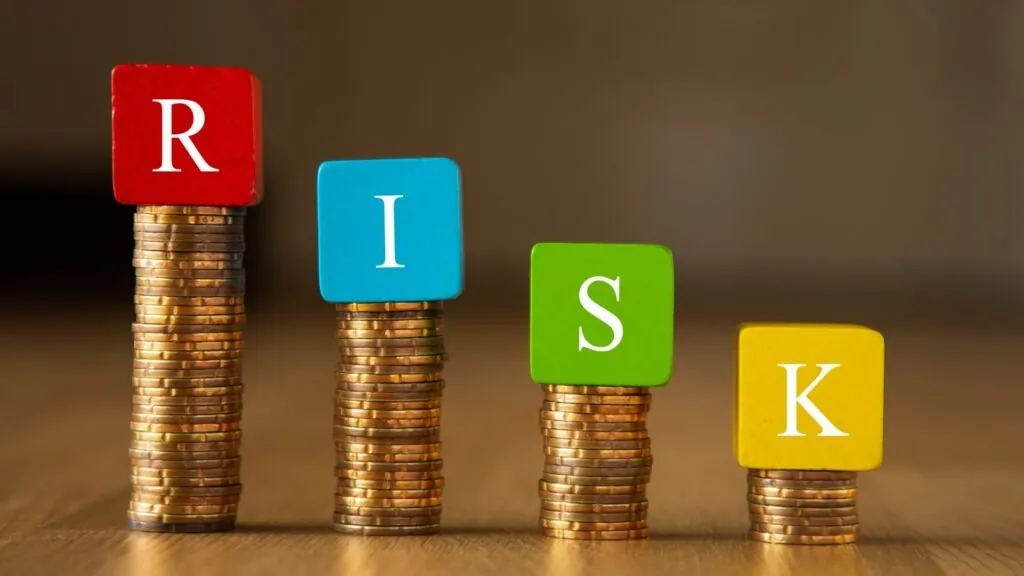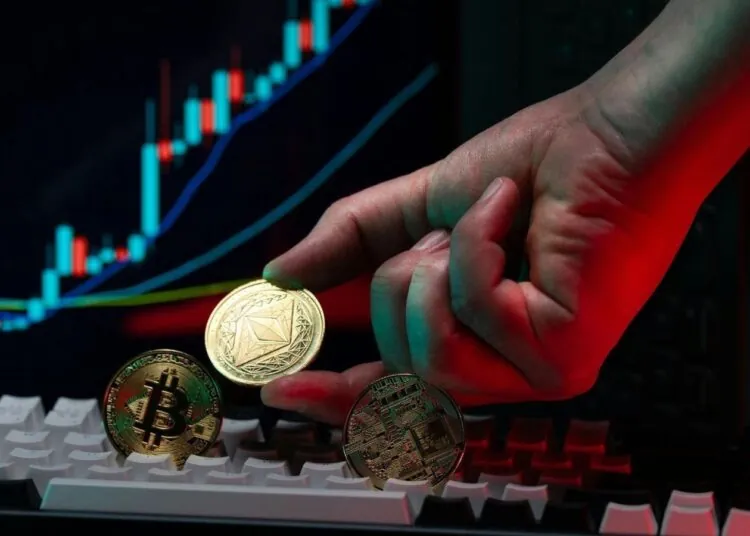Every financial decision carries some level of uncertainty. Some people avoid risk at all costs, clinging to predictability, while others seem drawn to the thrill of the unknown. From investing in volatile markets to betting on a long-shot opportunity, risk-takers often walk a line between bold ambition and dangerous miscalculation. But why do people take those leaps in the first place—and when does it actually make sense?
Understanding the motives behind financial risk-taking offers more than insight into money—it reveals something fundamental about human behavior, belief systems, and the pursuit of control in uncertain circumstances. In this article, we unpack those motivations, explore real-world examples, and examine when financial risks can genuinely work in your favor.
The Psychology of Risk-Taking
Our relationship with risk often begins before we ever touch a dollar. Childhood experiences, parental attitudes toward money, and early exposure to loss or success all contribute to our internal risk barometer. People raised in scarcity may approach money decisions with heightened caution, while those brought up in environments where taking chances was normalized may lean toward bolder choices.
Emotional impulses play a powerful role. Risk-taking isn’t always rational. For some, it’s driven by a fear of being left behind, especially in an age where social media constantly showcases others’ financial wins. The fear of missing out (FOMO) has led many to invest without research, jump into real estate during bubbles, or pour money into hype-driven trends.
Biologically, risk activates the brain’s reward system. That dopamine rush when a stock surges or a bet hits fuels further risk-taking, often without a strategic foundation. It’s not just gamblers chasing that high—investors, entrepreneurs, even side-hustlers feel it.
There’s also the need to feel in control. In chaotic times, people may take financial risks as a way to assert autonomy. The act of making a bold decision can offer the illusion of mastery over uncertain circumstances, even when the odds are unfavorable.
These psychological underpinnings aren’t inherently good or bad. What matters is recognizing their influence before making decisions that could reshape your financial landscape.
Understanding Risk Aversion in Financial Decisions
Risk aversion explains why many people prefer smaller, more certain rewards over larger, uncertain ones. It’s a deeply rooted behavioral trait that influences everything from investment choices to how people approach job changes or even whether they use coupons. In economic terms, a risk-averse individual will avoid a gamble unless the potential return significantly outweighs the potential loss.
This doesn’t mean the risk-averse never take chances—it means they require more certainty before doing so. For example, someone might avoid investing in the stock market unless the company is well-established, profitable, and pays consistent dividends. Another might prefer a modest fixed return over a potentially higher but volatile outcome.
Psychologists and economists often frame risk aversion using something called a utility curve—a way of measuring how people value gains and losses differently. The pain of losing $100 typically feels more intense than the joy of gaining the same amount. This asymmetry explains why many people settle for lower returns: the emotional cost of loss looms larger than the satisfaction of gain.
Understanding your own level of risk aversion can help guide better financial decisions. If you’re highly risk-averse, forcing yourself into volatile investments could lead to stress and regret, even if the numbers make sense. On the other hand, recognizing moderate aversion might help you adopt tools like diversification or automatic investing to reduce perceived danger while still building long-term wealth.
For more on the concept and its application in behavioral economics, you can visit this overview of risk aversion.
Types of Financial Risks People Commonly Take
From the stock market to side hustles, risk shows up in different forms. Some are calculated; others are emotional. Understanding the categories can help you identify which ones are present in your life.
Investing in stocks and crypto has become more accessible than ever. Trading apps give the illusion of simplicity, but the complexity beneath the surface often leads to unpredictable outcomes. While some early adopters of cryptocurrency saw exponential growth, many others bought in too late or during speculative peaks.
Entrepreneurship remains one of the riskiest financial decisions. Starting a business often requires dipping into savings or taking on debt. While some ventures lead to independence and wealth, a significant percentage fail within the first few years. The dream of being your own boss must be weighed against long-term financial security.
Borrowing to invest, whether in real estate or education, can backfire. The idea is to use other people’s money to build assets, but if the asset doesn’t deliver, you’re left with liabilities and no cushion.
Gambling is another form of financial risk, but context matters. Playing occasionally, with set limits, is different from chasing losses or relying on wins to pay bills. Platforms like online casinos in Canada offer digital environments where games can be accessed responsibly, provided users understand the boundaries between entertainment and dependency.
Each of these paths involves different levels of exposure, and what might seem risky to one person may feel perfectly manageable to another. Risk is relative, and context is everything.
When Risk-Taking Leads to Reward
There are moments when taking a chance opens doors that caution never could. Timing, preparation, and resilience often distinguish successful risk-takers from those who simply got lucky.
Consider the investor who bought shares in a small tech firm years before it went public. The decision was likely backed by research, confidence in leadership, and a long-term mindset. That’s a far cry from someone throwing money at penny stocks based on internet chatter.
Risk becomes a tool, not a gamble, when it’s informed. Choosing to invest in your own education, for example, carries the risk of debt but may result in career advancement and increased earnings. Similarly, building a small side business on evenings and weekends can evolve into a full-time income.
Entertainment-based risks, when budgeted and understood, can even have positive psychological effects. A night out, a gaming session, or a ticket to a low-stakes poker game may offer joy and social connection, all within a contained financial frame.
The rewards of risk-taking often extend beyond money. Confidence, adaptability, and the knowledge gained from attempting something uncertain can be just as valuable. These intangible gains can reshape your approach to future decisions.
When the payoff is planned for, and the downside is acceptable, financial risks can be part of a well-rounded life strategy.

The Costs of Getting It Wrong
Not all risks pay off, and some come with painful consequences. While stories of massive wins dominate headlines, the quieter reality is that many people face serious setbacks from misjudged decisions.
One common mistake is confusing short-term excitement with long-term benefit. A person might feel a thrill buying into a new stock or gambling on a promising investment tip. But if they haven’t considered exit strategies or their risk tolerance, losses can mount quickly.
Debt is another dangerous byproduct. Borrowing to fund risk, especially at high interest rates, magnifies potential losses. Many end up in cycles of repayment, forced to restructure their budgets or delay long-term goals like homeownership or retirement.
There’s also an emotional toll. Financial strain can lead to anxiety, depression, and damaged relationships. When a risky move affects more than just your own bank account, it becomes a community-level issue.
Ignoring red flags is often a precursor to poor outcomes. If you’re constantly chasing wins, lying about losses, or making impulsive decisions without consultation, those are signals worth examining.
Being honest about the potential for loss is just as important as dreaming about success.
How to Identify Smart Risks
Smart risks have structure, research, and boundaries. They don’t rely on gut feelings or outside hype. Instead, they’re based on measurable data and a willingness to walk away if the numbers don’t make sense.
Start with your goals. What are you hoping to achieve? Whether it’s growing your income, expanding your skill set, or exploring new financial tools, your decision should align with a bigger picture.
Research is essential. That means reading financial reports, consulting experts, or simply using common sense. If something sounds too good to be true, it usually is. Use tools like risk calculators, scenario planning, or budget templates to understand your thresholds.
Smart risk-takers also build in safety nets. Emergency funds, side incomes, and insurance help cushion the impact of failure. It’s not about avoiding risk altogether but preparing for the fallout if things don’t work out.
Set clear limits in advance. Decide how much you’re willing to lose and stick to it. This applies equally to investing, gaming, or spending on new ventures.
Knowing when to say no is part of a smart risk strategy. Discipline is just as important as daring.
Building a Personal Risk Profile
Everyone has a different comfort level with uncertainty. Knowing where you fall on the spectrum can guide smarter decisions and reduce regret.
Your risk profile should factor in your income stability, savings, debt level, and responsibilities. A person with a mortgage, children, and a single income may need to approach risk differently than a single renter with low expenses.
Age also plays a role. Younger individuals often have more time to recover from losses, while those nearing retirement may need to focus on preserving assets rather than growing them aggressively.
Answering questions like: “How would I feel if I lost this money?” or “What impact would failure have on my lifestyle?” can provide honest insight into your tolerance levels.
Financial advisors often recommend conservative, moderate, or aggressive profiles—but the labels matter less than the logic behind them. Your profile isn’t fixed, either. Life changes can shift your risk tolerance, and your strategy should evolve accordingly.
Knowing yourself is the first step toward making decisions you can live with, win or lose.
The Value of Setting Boundaries
Boundaries aren’t limitations—they’re safeguards. Without them, risk becomes recklessness. Whether it’s time, money, or emotional investment, putting constraints around your choices is a form of self-respect.
Financial boundaries might look like only spending a fixed percentage of your income on high-risk ventures. It could mean setting timers for gaming sessions or avoiding any investment you don’t understand thoroughly.
It’s not just about avoiding losses. Boundaries help preserve other goals. You can still invest, explore, or play while keeping your retirement plan, emergency fund, and day-to-day stability intact.
Technology can help. Banking apps that track spending, alert systems for overspending, or built-in timeouts on gambling platforms give users tools to reinforce their own rules.
Sharing your limits with a partner or trusted friend can also create accountability. When boundaries are clearly communicated, they’re easier to follow.
In the end, structure doesn’t dilute freedom—it supports it.
Conclusion
Risk isn’t inherently dangerous. It’s how we handle it that makes the difference. The line between smart and reckless often lies in the planning, the boundaries, and the honesty with which we approach our choices.
Whether you’re considering a new investment, a side venture, or even a small gamble for entertainment, take time to ask yourself why you’re drawn to it. What are the possible outcomes? And most importantly, what are you prepared to lose?
When taken with intention and understanding, financial risk can open doors. The key is knowing which ones are worth walking through.










